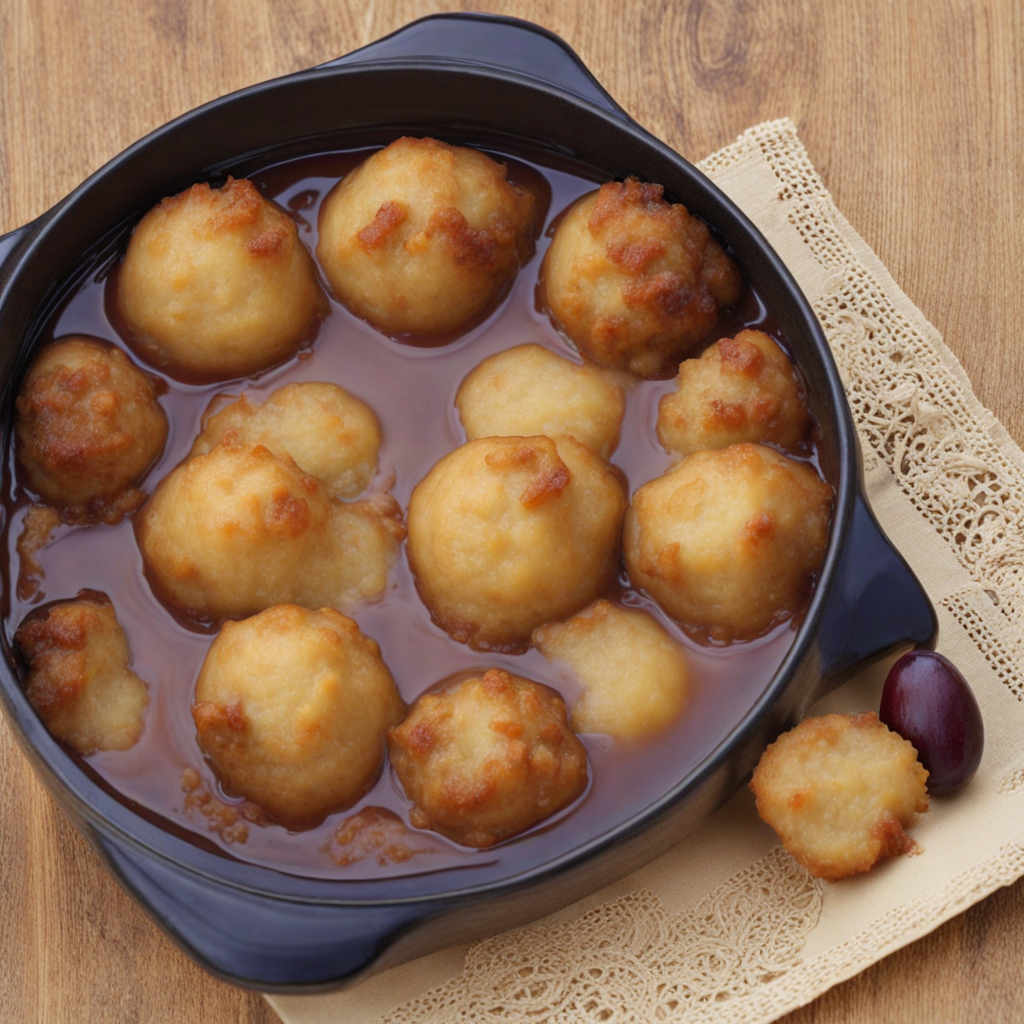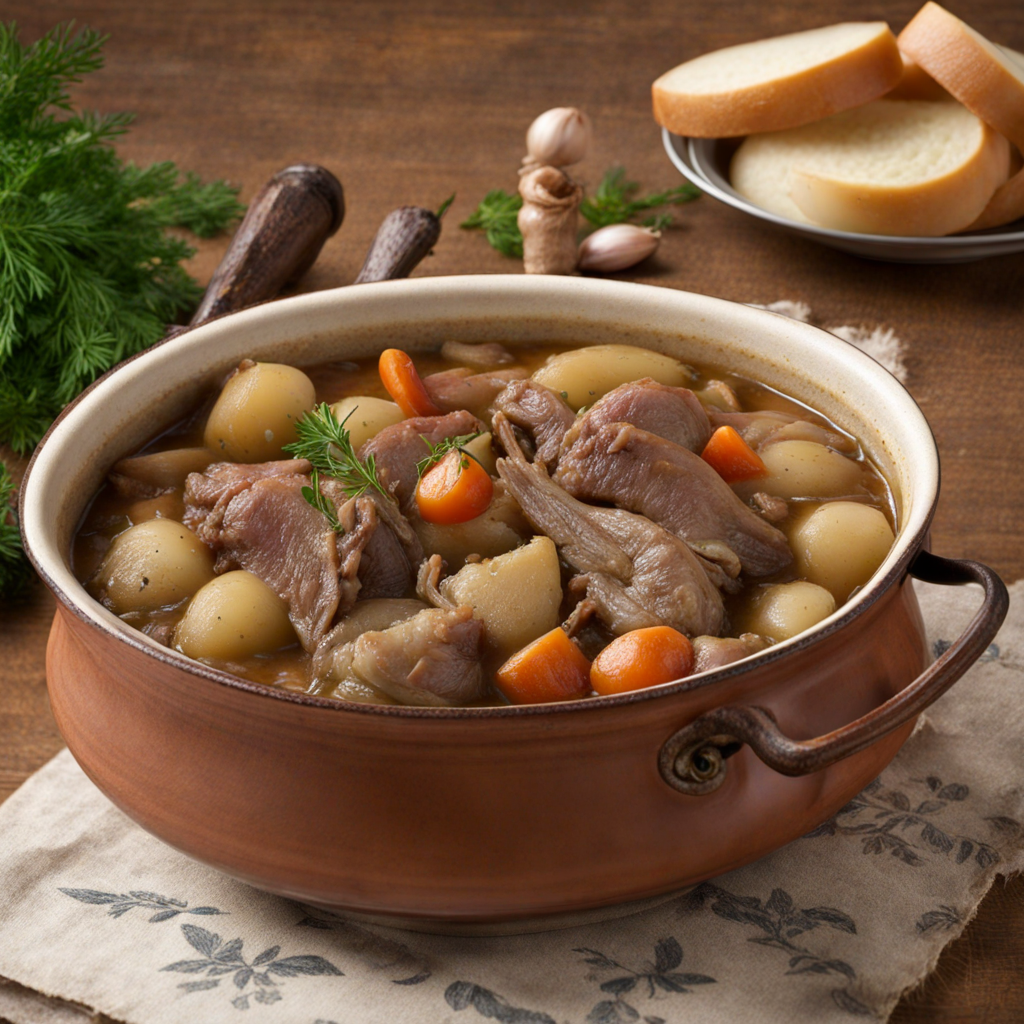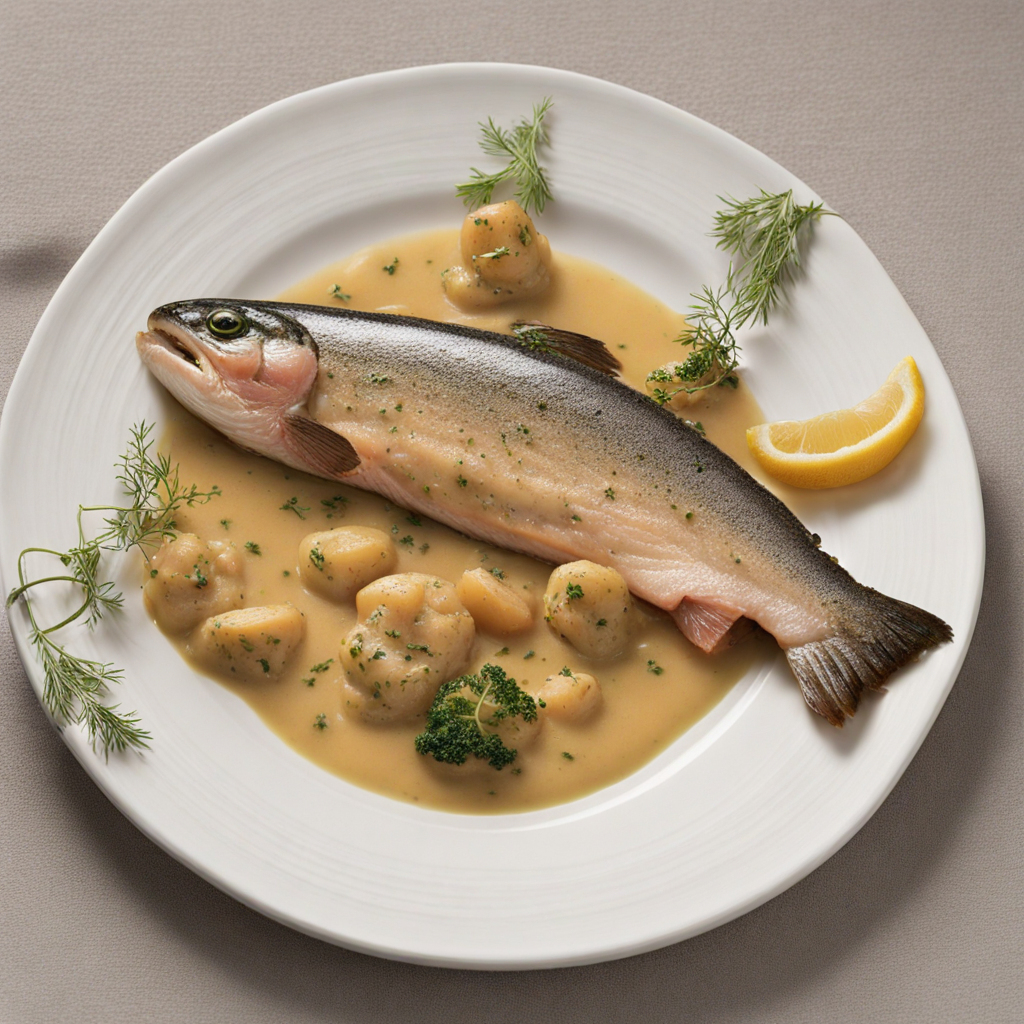Zwetschgenknödel
Zwetschgenknödel is a delightful culinary gem hailing from Luxembourg, characterized by its tender dumpling exterior and sweet, juicy plum filling. The dish typically features a dough made from a combination of potatoes and flour, which is skillfully shaped around halved or whole plums, known locally as Zwetschgen. This careful wrapping ensures that the fruit's natural sweetness permeates the dough upon cooking, creating a harmonious blend of flavors that is both comforting and indulgent. Once cooked, the dumplings are often rolled in a mixture of melted butter and breadcrumbs, giving them a lovely, golden crust that adds a satisfying crunch to each bite. The contrasting textures of the soft, pillowy dough and the slightly tart, succulent plums create a unique taste experience that is both refreshing and rich. Many people enjoy Zwetschgenknödel dusted with powdered sugar or served with a dollop of crème fraîche, enhancing the overall decadence of the dish. Traditionally enjoyed during the late summer and early autumn months when plums are in season, Zwetschgenknödel embodies the essence of Luxembourg's culinary heritage. Whether served as a dessert or a sweet main dish, it offers a taste of nostalgia and comfort that resonates with those who savor it. This delightful dish is not just a treat for the taste buds; it also invites diners to appreciate the simple yet exquisite flavors of seasonal ingredients, making it a must-try for anyone looking to explore the treasures of Luxembourgish cuisine.
How It Became This Dish
Zwetschgenknödel: A Culinary Delight from Luxembourg #### Origins Zwetschgenknödel, or plum dumplings, are a cherished dish rooted in the culinary traditions of Luxembourg and surrounding regions. The word "knödel" derives from the German language, meaning "dumpling," while "zwetschgen" refers specifically to the type of plums used in this dish—primarily the Italian prune plum, or "Zwetschge." This delightful dish exemplifies the fusion of culinary influences that characterize Luxembourg’s rich gastronomic history. The history of Zwetschgenknödel can be traced back to the broader tradition of dumpling-making in Central Europe, particularly in German-speaking countries. As early as the Middle Ages, dumplings were a staple in many European diets, known for their versatility and ability to utilize a variety of ingredients. The use of plums reflects the agricultural bounty of the region, where fruit trees flourished, and the importance of seasonal produce in local cuisines. #### Cultural Significance Zwetschgenknödel holds a special place in Luxembourgish culture and is often associated with family gatherings, harvest festivals, and traditional celebrations. This dish embodies the spirit of communal cooking and sharing, bringing people together over a hearty meal. Its preparation typically involves a labor-intensive process that is often a family affair, with generations passing down recipes and techniques. In Luxembourg, Zwetschgenknödel is commonly enjoyed during the late summer and early autumn months when plums are in season. The dish can be served as a main course or dessert, depending on the preparation method and accompanying ingredients. This versatility makes it a beloved choice for both everyday meals and festive occasions, symbolizing the warmth and hospitality of Luxembourgish culture. #### Development Over Time The evolution of Zwetschgenknödel reflects broader culinary trends and regional influences. Initially, these dumplings were made with simple ingredients such as flour, water, and potatoes, which were readily available to impoverished households. Over time, as trade routes expanded and culinary practices evolved, other ingredients began to be incorporated into the recipe. By the 19th century, the popularity of Zwetschgenknödel had spread beyond Luxembourg’s borders, finding favor in neighboring Germany, particularly in the regions of Bavaria and Swabia. In these areas, the dumplings were often served with a rich sauce, such as melted butter and sugar or a sprinkle of cinnamon, enhancing their sweetness and flavor. In the 20th century, the dish underwent a transformation with the advent of modern cooking techniques and globalization. Recipes began to adapt to contemporary tastes, with variations emerging that included different types of fruit or the use of alternative flours. Additionally, the rise of vegetarian and vegan diets stimulated creativity, leading to innovative spins on the traditional dish. #### Modern Variations Today, Zwetschgenknödel is celebrated not only in Luxembourg but also throughout Central Europe, with each region contributing its twist. In Luxembourg, the dumplings are often made with a potato-based dough, which provides a unique texture that complements the soft, juicy plums. The plums are typically halved and pitted, then wrapped in the dough before being boiled to perfection. Once cooked, they are often rolled in breadcrumbs sautéed in butter, giving them a delightful crunch. In Germany, variations may include the use of sweet or sour cherries, apricots, or even blueberries, reflecting the local fruit harvest. Some regions opt for a yeast dough instead of a potato base, resulting in a lighter, airier dumpling. These adaptations showcase the dish’s versatility and the creativity of home cooks and chefs alike. #### Culinary Revival The 21st century has seen a resurgence of interest in traditional dishes like Zwetschgenknödel, driven by a growing appreciation for local and seasonal ingredients, as well as a desire to reconnect with cultural heritage. Food festivals, farmers' markets, and culinary workshops have contributed to a renewed enthusiasm for this beloved dish. Modern chefs are experimenting with Zwetschgenknödel, incorporating contemporary culinary techniques and presentation styles that appeal to younger generations while maintaining respect for traditional methods. Social media has also played a pivotal role in revitalizing interest in Zwetschgenknödel. Platforms like Instagram and TikTok allow home cooks and professional chefs to share their creations, fostering a sense of community and encouraging the exchange of recipes. This digital age has rendered traditional dishes like Zwetschgenknödel more accessible, inspiring a new wave of culinary enthusiasts to explore Luxembourg’s gastronomy. #### Conclusion Zwetschgenknödel is more than just a dish; it is a representation of Luxembourg’s rich culinary heritage and the cultural values that surround food. Its origins in the humble kitchens of Central Europe, combined with its evolution over centuries, reflect the adaptability and resilience of traditional cuisine. As we savor these delicious plum dumplings, we also partake in a shared history—a history that continues to evolve while remaining deeply rooted in the community and culture of Luxembourg. As Zwetschgenknödel gains recognition beyond its borders, it invites everyone to experience the warmth, tradition, and innovation that define Luxembourg’s culinary landscape. Whether enjoyed at a family gathering or a trendy restaurant, this delightful dish encapsulates the essence of Luxembourgish hospitality, inviting all to gather around the table and celebrate the simple pleasures of good food and good company.
You may like
Discover local flavors from Luxembourg







